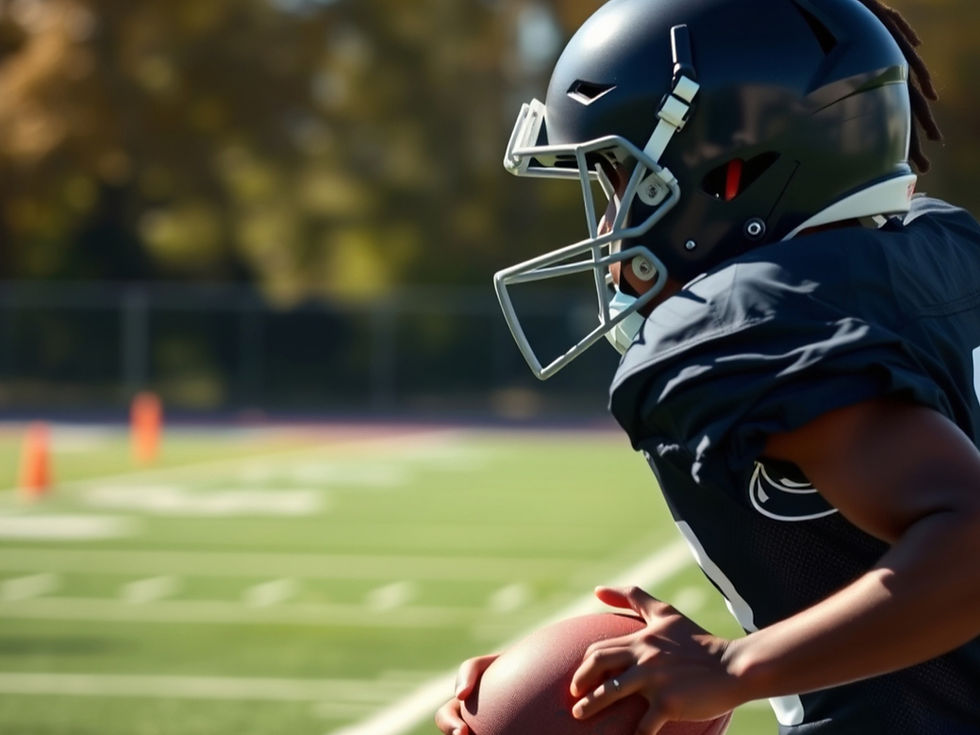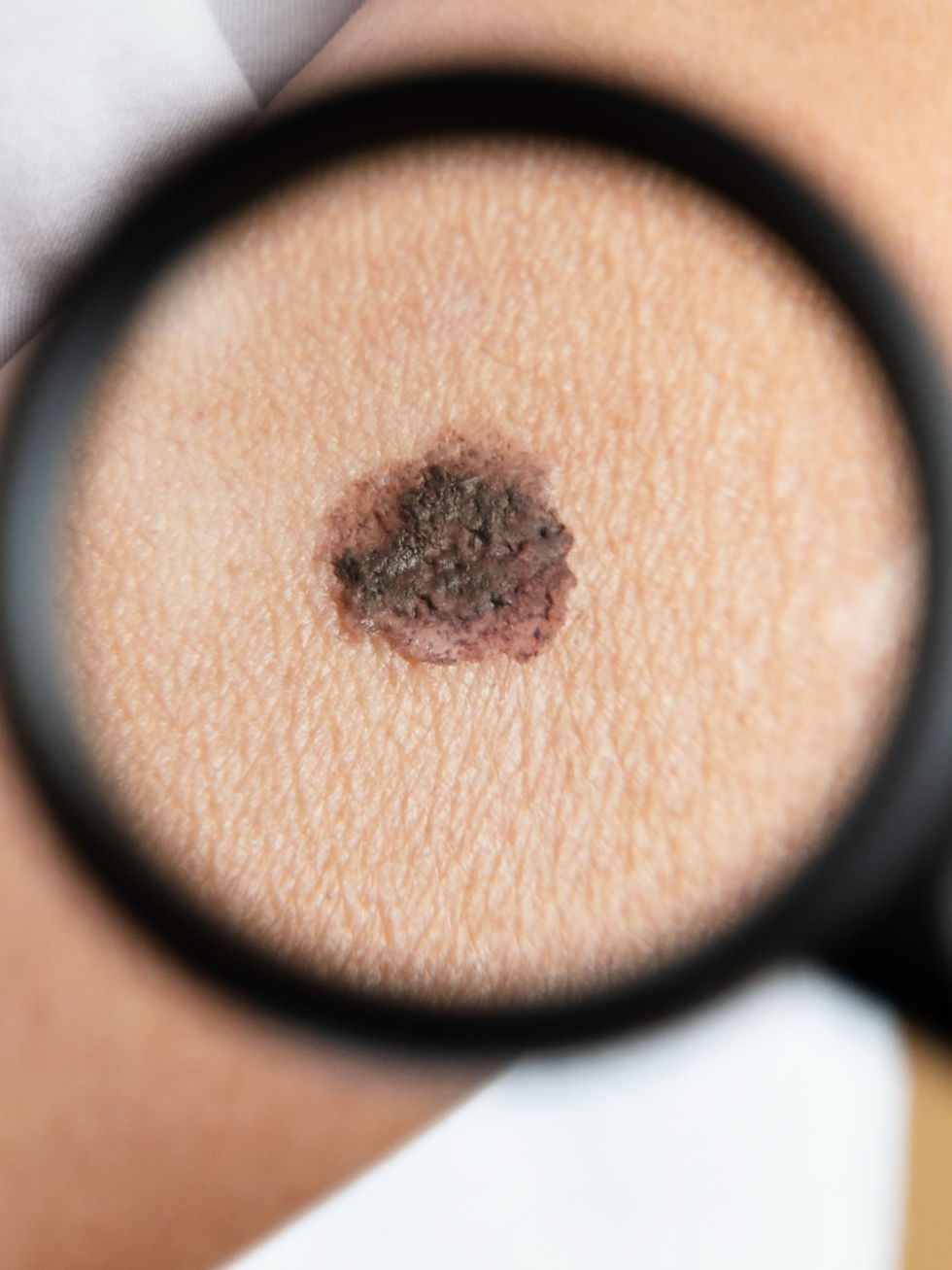Keeping Kids Safe and Cool During Record Heat Waves While in School
- Yolanda Whyte
- Aug 23
- 6 min read
Updated: Oct 13

As our climate changes, record-breaking heat waves are becoming increasingly common not just here in the US, but also in Japan, Turkey and northern Europe. For example, July 2025 was the third hottest July on record, a trend that has been consistent for the past few years. In fact, July 2023 and July 2024 held the title for the hottest July ever recorded. With kids heading back to school during these scorching months, it's crucial to keep them cool, hydrated, and protected from the intense sun.
Children’s bodies are still learning how to regulate temperature through sweating. This makes them more vulnerable to heat-related illnesses, with them making up half of all cases. Their metabolic rates are higher than adults, resulting in increased heat production. As kids spend more time outdoors playing and participating in sports, it's vital to teach them how to recognize the signs of heat-related issues.
Understanding Heat-Related Illness
Parents and caregivers should watch out for several signs and symptoms:
Dehydration: Signs include a dry mouth, cracked lips, fatigue, dizziness, and dark yellow urine. Encourage children to drink water frequently, so that their urine is always clear. Studies show that children can be 1.5 times more susceptible to dehydration than adults.
Heat-Related Illness: Symptoms can include a headache, nausea, and confusion. If a child shows these signs, get them to a cooler spot and give them fluids.
Heat Stress: This appears as excessive sweating, weakness, and muscle cramps. Ensure that children take breaks in shaded areas and hydrate often. More than 50% of children involved in sports suffer from heat-related illnesses each year.
Heat Cramps: Painful muscle cramps can happen during intense physical activities on hot days. Encourage kids to rest and drink fluids if they experience cramps.
Heat stroke: This is a medical emergency--call 911--where the body temperature can exceed 104°F, which can lead to severe brain, kidney and other organ damage. Confusion, rapid pulse, headache, nausea, and hot, dry skin or excessive sweating are common symptoms. Avoid exercising while dehydrated in the hot sun and wear appropriate clothing.
Educating children on these symptoms empowers them to advocate for their own health during extreme heat. Have fun keeping them hydrated with popsicles, water infused with lemon, cucumber or berries. Hook up a sprinkler to a garden hose, get a splash pad, water sprays, wet sponges and and turn your backyard to a water park. Remember, the lowest levels of the home are the coolest.
Special Precautions for Babies
Babies are most vulnerable to heat strokes. Never leave a baby in the car. Always take them with you to prevent severe overheating. Dress them appropriately with lightweight, breathable clothing for temperature regulation. Keep them hydrated, offering fluids regularly (and remember no water until after 6 months). Monitor for signs of overheating: Flushed skin, rapid breathing, or lethargy and move the baby to a cooler environment if needed.
Children with Special Needs
Children with special needs may face greater risks during heat waves. Here’s why:
Sensory Sensitivities: Heat can lead to sensory overload, causing distress and behavioral changes in some kids.
Impaired Communication: Some children may struggle to express that they feel hot or unwell. Regular check-ins can help you monitor their comfort levels.
Medical Conditions: Conditions like diabetes or cystic fibrosis can interfere with the body’s cooling abilities. Managing fluid balance is crucial during heat waves.
Medication Sensitivity: Certain medications may increase susceptibility to the sun. Store these medications in a cool, dry place to ensure they remain effective.
Being aware of these challenges allows caregivers to take proactive steps in protecting children with special needs during extreme heat.
Environmental Considerations
Extreme heat and air pollution are a dangerous combination, as they can intensify each other. High temperatures and sunlight can trigger smog, a visible haze. Ground-level ozone and particulate matter are major pollutants, similar to exposing children to cigarette smoke, potentially affecting lung function. Children with asthma are especially sensitive, so watch for wheezing, breathing difficulties, and changes in speech indicating breathing issues. Keep your rescue inhaler on hand, check your air quality index (AQI) each day and make sure your air filters are changed and use your air purifiers.
Sun Protection
Maintain your skin's health by keeping it lubricated and prevent damage from harmful UV rays, though some UV exposure is needed for vitamin D to be made in the body. To avoid sunburn and reduce skin cancer risk, wear protective clothing, and seek shade during peak sun hours. Use safe mineral-based sunscreen that contain zinc oxide and/or titanium dioxide, and avoid ingredients with oxybenzones, an endocrine disruptor. For melanated people who wish to avoid the "white cast," you can opt for tinted or micronized mineral sunscreens, or chemical sunscreens which absorb into the skin where it converts UV rays into heat which is then released from the skin.

Stay informed about the ABCDs of melanoma:
Asymmetry (uneven moles)
Border (irregular edges)
Color (non-uniform color)
Diameter (moles larger than 6mm)
Emerging (rapid change in appearance)
Regular self-examinations and professional consultations enhance early detection and treatment. Sun protection involves education, prevention, and early detection to safeguard skin health.
Keeping Indoor Spaces Cool
Extreme heat can heavily impair children's cognitive function while at school, leading to increased stress, irritability, anxiety and poor learning. Maintain a comfortable indoor environment for their well-being with some simple tips:
Use Fans and Air Conditioning. Or visit public places like libraries or community centers that offer cool relief.
Close Blinds and Curtains. At least during the hottest part of the day, this can lower indoor temperatures by up to 15 degrees.
Create a Cool Space. Be aware of where the coolest part of the home is and designate it to children. Cool towels or ice packs can help alleviate heat discomfort.
Interestingly, a longitudinal study from CUNY and Mount Sinai found that prenatal exposure to heat and pollution can disrupt hormone levels and lead to behavioral issues in early childhood, and these effects were strongest in highly polluted urban areas.
Back to School Safety
Take measures to help your child stay calm, focused and safe as they return back to school, and foster a positive relationship with the institution:
Opt for loose-fitting, light-colored clothing, particularly white, as it reflects sunlight. Fabrics like 100% cotton, linen, and muslin are breathable, allowing air circulation, aiding in sweat evaporation, and cooling the body.
Use aluminum-free deodorant that contains safe, natural ingredients that effectively control odor.
In extreme conditions, a portable fan or mist spray may be useful. Positioning a frozen water bottle in front of a fan can produce a cooling mist.
Ensure the school's water supply meets increased hydration needs by confirming it has been tested for lead and is filtered.
Check if your school has policies regarding heat or air quality, or understand the sports or physical education policies related to heat.
Prioritizing Children's Safety
As heat waves grow more frequent and severe, it’s crucial to focus on keeping children safe. Educating them about heat-related illness signs, ensuring cool indoor environments, and taking special precautions for vulnerable kids are vital steps.
Remember that staying hydrated and taking breaks in the shade is essential for everyone, particularly children. As we adapt to changing climate conditions, let’s commit to working together to keep our kids safe and cool.
Resources
🛍️ Heat Safety Essentials Products for Kids and Families
Looking for simple ways to keep your family cool, safe, and sun-protected during extreme heat? I’ve curated a list of child-friendly, eco-conscious products that support the tips shared in this guide. These items are practical, parent-approved, and perfect for back-to-school or summer fun.
Explore my recommended picks:
🌿 Eco-safe deodorants – aluminum-free and gentle for growing bodies
🧴 Mineral- and chemical-based sunscreens – for skin cancer prevention
🕶 Sunglasses – protect eyes from UV damage
💧 Reusable water bottles – safe, non-plastic (glass) and insulated to keep drinks cold
🌬️ Portable fans & water misters – for instant cooling on the go
☀ Window shades – to block heat and keep indoor spaces comfortable
💦 Water toys & splash pads – fun ways to stay active and cool outdoors
As an Amazon Associate, I earn from qualifying purchases. These affiliate links help support my work at no extra cost to you. Thank you for helping me spread awareness and keep our children safe in the heat.
💚Like, comment and share this guide with your school, day care and social network to help keep all children safe during heat waves.

.png)



Comments